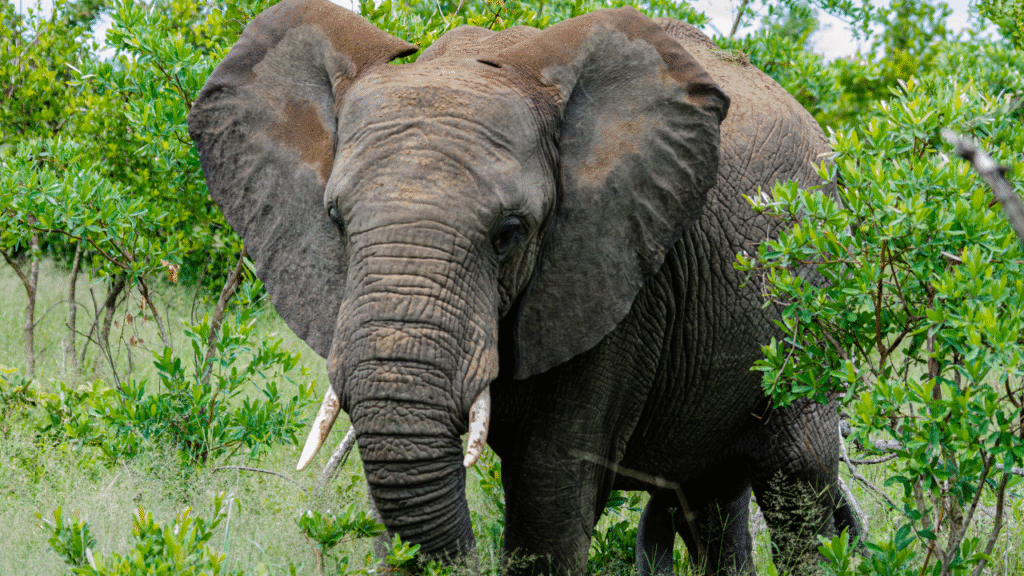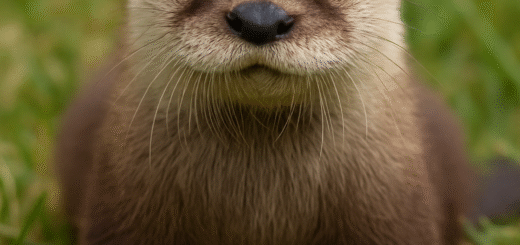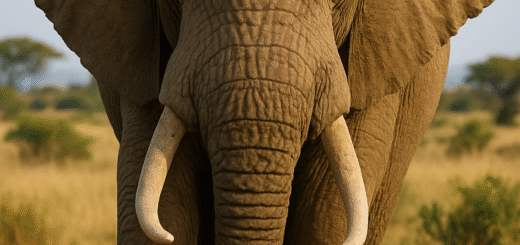Trunks and Tusks: The Elephant’s Multi-Tool Anatomy Unveiled
When we think of elephants, two features immediately stand out: their long, flexible trunks and their mighty tusks. These iconic tools aren’t just for show—they are crucial to an elephant’s survival, communication, and identity. In this article, we’ll explore how trunks and tusks make elephants the multi-tool marvels of the animal kingdom.

What Is an Elephant’s Trunk Made Of?
The elephant’s trunk is an extended fusion of its upper lip and nose, made up of more than 40,000 muscles. Unlike human limbs, which rely on bones for structure, the trunk has no bones—giving it extreme flexibility and strength. Elephants use their trunks for:
- Breathing & smelling – Like a giant nose, the trunk can detect scents from kilometers away.
- Touching & feeling – With thousands of nerve endings, it’s a highly sensitive sensory tool.
- Eating & drinking – Elephants suck water into their trunks (up to 10 liters) and spray it into their mouths. They also use it to grasp food.
- Lifting & carrying – An elephant can lift around 300 kg with its trunk!
- Communication – Trunks are used to caress, hug, or signal other elephants.
The Power and Purpose of Elephant Tusks
Tusks are elongated incisor teeth made of ivory, and they grow throughout an elephant’s life. Not all elephants have tusks—female Asian elephants often lack them, while both sexes in African species typically do.
Tusks serve many vital roles:
- Digging – For water, roots, and minerals from the ground.
- Defense – Against predators or in combat with other elephants.
- Marking trees – Males often use tusks to strip bark and leave scent signals.
- Tool use – Some elephants break branches or lift objects using tusks.
Sadly, their value in the illegal ivory trade has made elephants prime targets for poachers, endangering both species and ecosystems.
Why Trunks and Tusks Are So Important
Both the trunk and tusks contribute to daily survival. Without a trunk, an elephant couldn’t eat, drink, or cool itself. Without tusks, an elephant would struggle to dig for water in drought or defend itself.
They are not just tools—they’re expressions of evolution, honed over millions of years to suit elephants’ massive bodies and complex behaviors.
Did You Know? Elephant Trunk Fun Facts
- An elephant can pick up a single grain of rice or uproot a tree using its trunk.
- Trunks can reach up to 2 meters in length.
- Elephants “trumpet” through their trunks to express emotions like joy or alarm.
- Tusks are asymmetrical—one is often used more than the other, just like being left- or right-handed.
Conservation Matters: Protecting the Tools of the Giants
Due to poaching and habitat loss, elephants are rapidly declining. Protecting their habitats and stopping the ivory trade are essential. Every trunk lifted and tusk grown is a testament to nature’s design—and our duty is to ensure future generations can witness these giants in the wild.
Conclusion: Nature’s Ultimate Multi-Tool
From gathering food to giving affectionate hugs, the trunk and tusks are nature’s answer to survival in the savannah and forest. Understanding and respecting the complex anatomy of elephants helps us see them not just as animals—but as incredible beings with tools built by nature itself.








